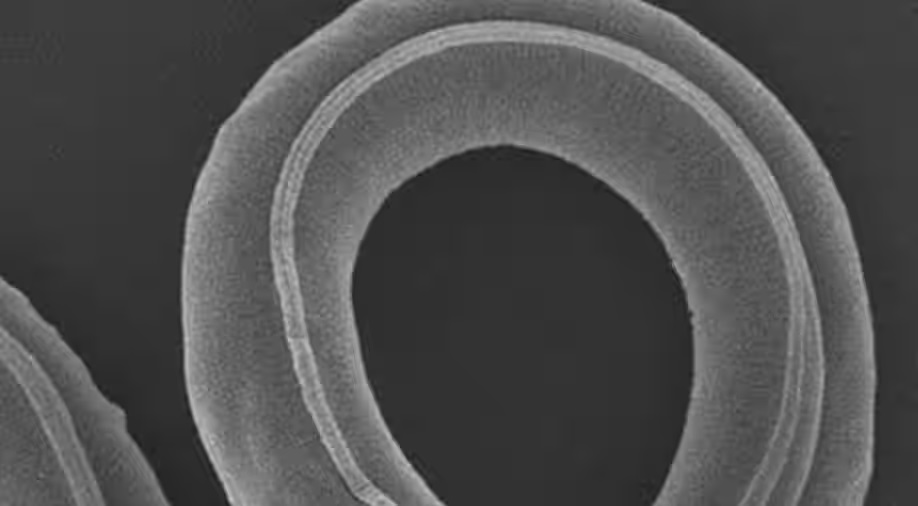Scientists have revived a worm that was frozen 46,000 years ago, during the time that woolly mammoths, sabre-toothed tigers, and huge elks roamed the Earth.
According to a scientist involved in the study and a professor emeritus at the Max Planck Institute of Molecular Cell Biology and Genetics in Dresden, the roundworm, which is of a previously unidentified species, was in a dormant state called cryptobiosis 40 meters (131.2 feet) below the surface in the Siberian permafrost.
When an organism is in a cryptobiotic state, it may resist the entire lack of oxygen or water, endure extreme heat or cold, as well as excessively salty circumstances. According to Kurzchalia, the creatures continue to exist in a stage “between death and life,” during which their metabolic rates drop to an undetectable level.
“Life can be stopped and then restarted from scratch. This is a significant discovery, he said, adding that other species that had been previously restored from this stage had endured for decades as opposed to millennia.
Two kinds of roundworms were identified in the Siberian permafrost five years ago by researchers from the Institute of Physicochemical and Biological Problems in Soil Science in Russia.
By just giving them more water, researcher Anastasia Shatilovich was able to revive two of the institute’s worms. She then carried about 100 worms to labs in Germany for additional study.
Additionally, it was found that P. kolymaenis shared “a molecular toolkit” with C. elegans, a different creature frequently utilized in scientific research, which may have helped it survive cryptobiosis.
The two organisms presumably have the ability to withstand freezing and dehydration because they create a sugar called trehalose.
The Institute of Zoology at the University of Cologne’s Philipp Schiffer said that it was “really striking” to find that a creature 200 or 300 million years in the past used the same metabolic pathway. “It means that some processes in evolution are deeply conserved,” he continued.
According to Schiffer, investigating these organisms can provide the specialists with useful information. The researcher told CNN that by studying and analyzing these animals, “we can maybe inform conservation biology, or maybe even develop efforts to protect other species, or at least learn what to do to protect them in these extreme conditions that we have now.”



